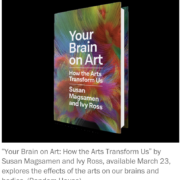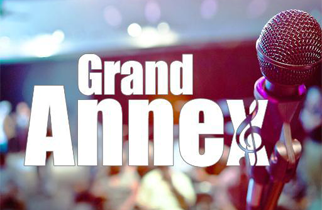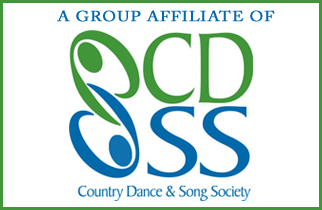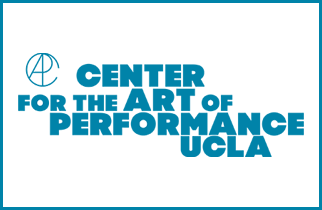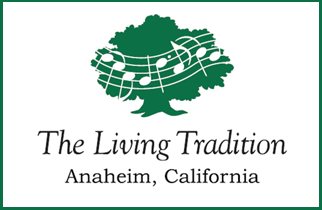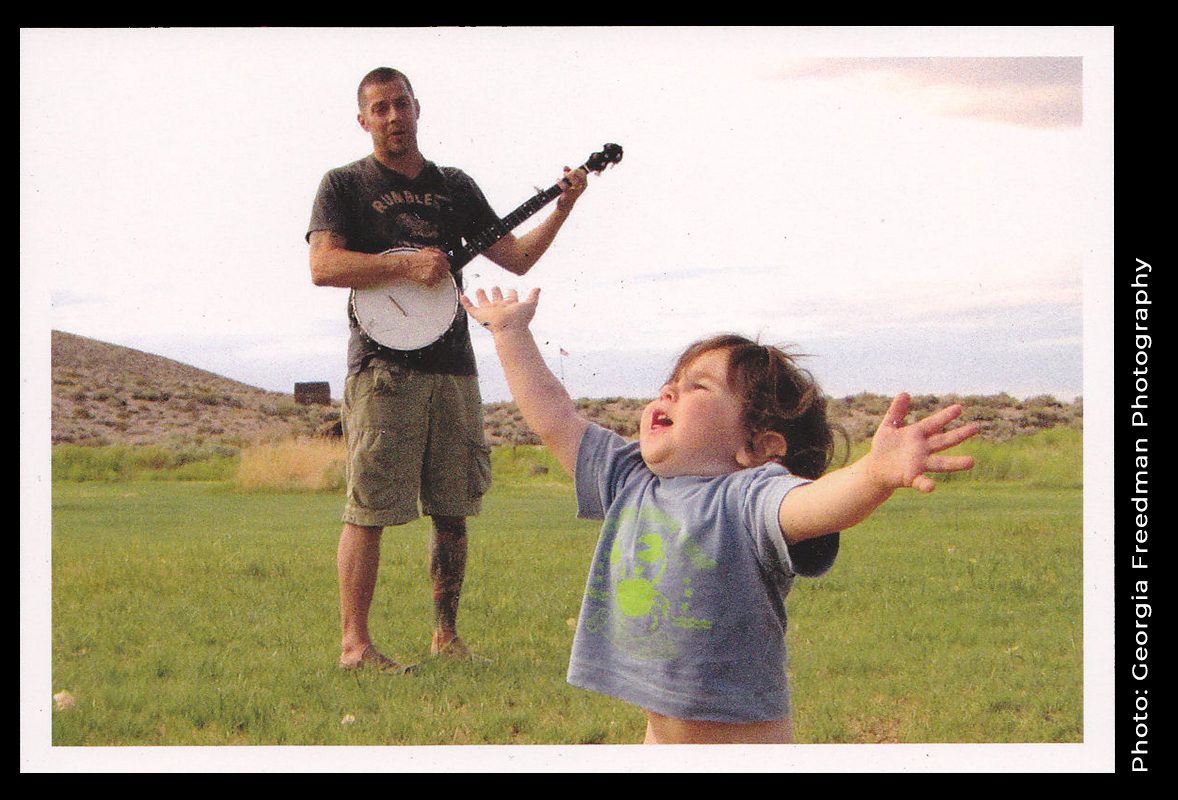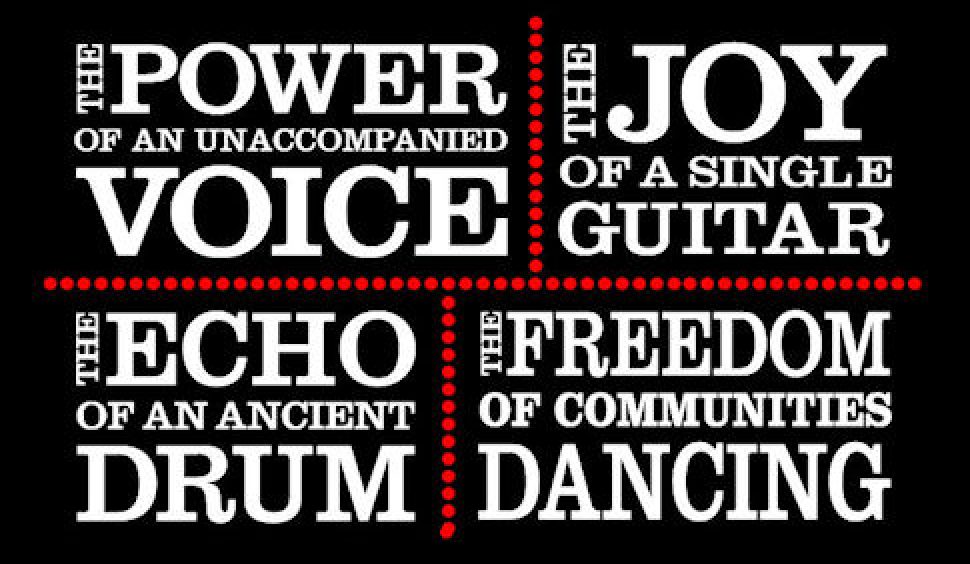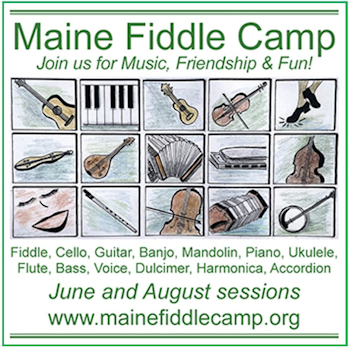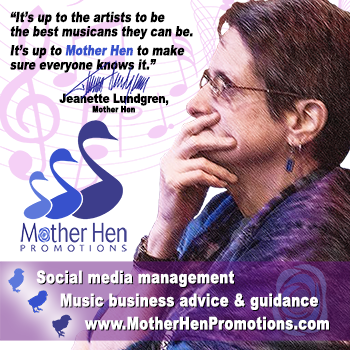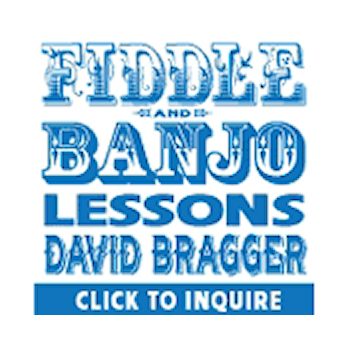Your Brain on Art
VOICE NOTES: A FOLK DIVA’S GUIDE TO THE GALAXY Number 46
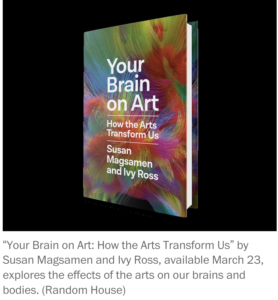
Number 46, March 15, 2023
This is Your Brain on Art
Thanks to a student of mine, I’ve recently come across two great pieces of research and writing on the neuroscience of the brain engaged in art and artworks. It’s fascinating work and I make it the subject of my blog post today, along with a book recommendation, “Your Brain on Art: How the Arts Transform Us,” co-written by Susan Magsamen with Ivy Ross, vice president of design for Hardware Products at Google. In their upcoming book, the authors promote the new science of neuroaesthetics — how creative pursuits can promote physical and mental health.
“Art is not a luxury for our downtime, but an important contributor to physical and mental well-being,” says Susan Magsamen, co-author of the book which studies the brain’s responses to art.
To Magsamen, founder and executive director of the International Arts + Mind Lab at Johns Hopkins University School of Medicine, her artistic pursuits are about far more than hobbies. “I need it for my soul and my health and my survival,” she says. “It’s not a nice to have, it’s a have to have.”
How art, music and dance affect your brain and body
Read the article and interview on the book HERE
The author Sarah L. Kaufman did extensive reporting and production for her thesis using the ballet as subject matter, and specifically video and music from the ballet “Swan Lake” to illustrate her concepts. It’s a beautiful work, visually and aurally, so take a dive into this! Some excerpts are below.
Your Brain on Art: The Thesis
When we experience art, we feel connected to something larger. Why? A new field of science has the answers to some of art’s enduring mysteries. See the Research Piece Here
WHEN WE EXPERIENCE ART, WE FEEL CONNECTED TO SOMETHING LARGER. WHY?
If you think about it, having a great time at the theater defies logic in many ways. We’re surrounded by strangers, bombarded with unusual images and often faced with a wordless language of symbols. Yet, on a good night, we generally laugh more, cry more and enjoy ourselves more at a live performance than when we’re watching TV at home. We may even lose ourselves and feel connected to something larger. How does this happen?
Some of the answers to art’s mysteries can be found in the realm of science. Art is considered the domain of the heart, but its transporting effects start in the brain, where intricate systems perceive and interpret it with dazzling speed. Using brain-imaging and other tools of neuroscience, the new field of neuroaesthetics is probing the relationship between art and the brain.
SOCIAL CONNECTION IS A KEY FUNCTION OF OUR BRAINS
It helps us make sense of human behavior, a large part of which is evaluating movement and emotion within us and around us. Our brains like to share emotions with others. This is just one reason that seeing a live performance — a concert, play, opera, etc. — is a neural rush. With our brain’s capacity for emotion and empathy, even in the wordless art of dance we can begin to discover meaning — and a story.
WE LOVE A STORY
A narrative conveys information from one person’s brain to another’s in an effective way. We can learn vicariously through another’s experience from a safe space, without really being involved, which is why storytelling is so powerful.
We embark on a journey constructed by someone else, and, as we’ll see using the ballet “Swan Lake” as an example, we can empathize with what the characters go through without suffering the full force of fresh heartbreak.
Many scientists believe we map other people’s actions into our own somatosensory system, which conveys sensation through the brain and body and helps us feel the emotions we perceive in others as if they were our own.
THE LOGIC OF ART IS A NEURAL TURN-ON
Scientists studying various aspects of the arts believe certain components especially excite the brain. Neuroscientist V.S. Ramachandran proposes several universal laws of art, or common patterns found in works of art across time and cultures. These principles powerfully activate our visual centers. In theory, they tap into evolved survival responses.
MUSIC IS THE PERFECT PARTNER
In another study, Christensen and her colleagues showed subjects silent dance clips and ones that included music. The subjects wore fingertip sweat-detection devices to monitor their raw emotional responses.
In Christensen’s study, when the music and dance matched — that is, sad music plus sad dancing — the subjects’ bodily responses and their reported feelings were stronger. If the music did not match, the responses were weaker.
PUTTING IT ALL TOGETHER
When you go to the ballet — or any other show — you’re entering into a highly controlled experience. If everything works as planned, all the elements contribute to a kind of shared consciousness. In effect, your billions of brain cells are interacting with billions of other brain cells, busily making the microscopic connections that yoke together the brains of those present with an almost inescapable force.
This happens from the moment we automatically tune ourselves to the audience. Soon we’re watching a story unfold that connects us with the performers, vicariously feeling and making meaning out of the actions on stage, responding to the magnetism of specific visual cues, experiencing heightened emotions as music and movement entwine and even bonding with those around us. It’s just as the artists — choreographers, directors, playwrights, composers, performers — intended. And this magical transformation starts within the architecture of one brain: Yours.
Art has emerged from the human brain for tens of thousands of years, and every human culture makes it. Yet scientists are only beginning to understand how the brain perceives and produces art, and why.
Like so many artworks, the brain is largely an object of mystery. One secret yet to be discovered is how the fragile folds of matter locked inside our skulls can not only conceive art, create it and contemplate it, but can also experience being transported by it, out of the head, out of the body, out of space and time and reality itself.
Thanks for reading! See you next time,

Susie
________________________________________________
Award-winning recording artist, Broadway singer, journalist, educator and critically-acclaimed powerhouse vocalist, Susie Glaze has been called “one of the most beautiful voices in bluegrass and folk music today” by Roz Larman of KPFK’s Folk Scene. LA Weekly voted her ensemble Best New Folk in their Best of LA Weekly for 2019, calling Susie “an incomparable vocalist.” “A flat out superb vocalist… Glaze delivers warm, amber-toned vocals that explore the psychic depth of a lyric with deft acuity and technical perfection.” As an educator, Susie has lectured at USC Thornton School of Music and Cal State Northridge on “Balladry to Bluegrass,” illuminating the historical path of ancient folk forms in the United Kingdom to the United States via immigration into the mountains of Appalachia. Susie has taught workshops since 2018 at California music camps RiverTunes and Vocáli Voice Camp. She is a current specialist in performance and historian on the work of American folk music icon, Jean Ritchie. Susie now offers private voice coaching online via the Zoom platform. www.susieglaze.com
Your Brain on Art
VOICE NOTES: A FOLK DIVA’S GUIDE TO THE GALAXY Number 46

